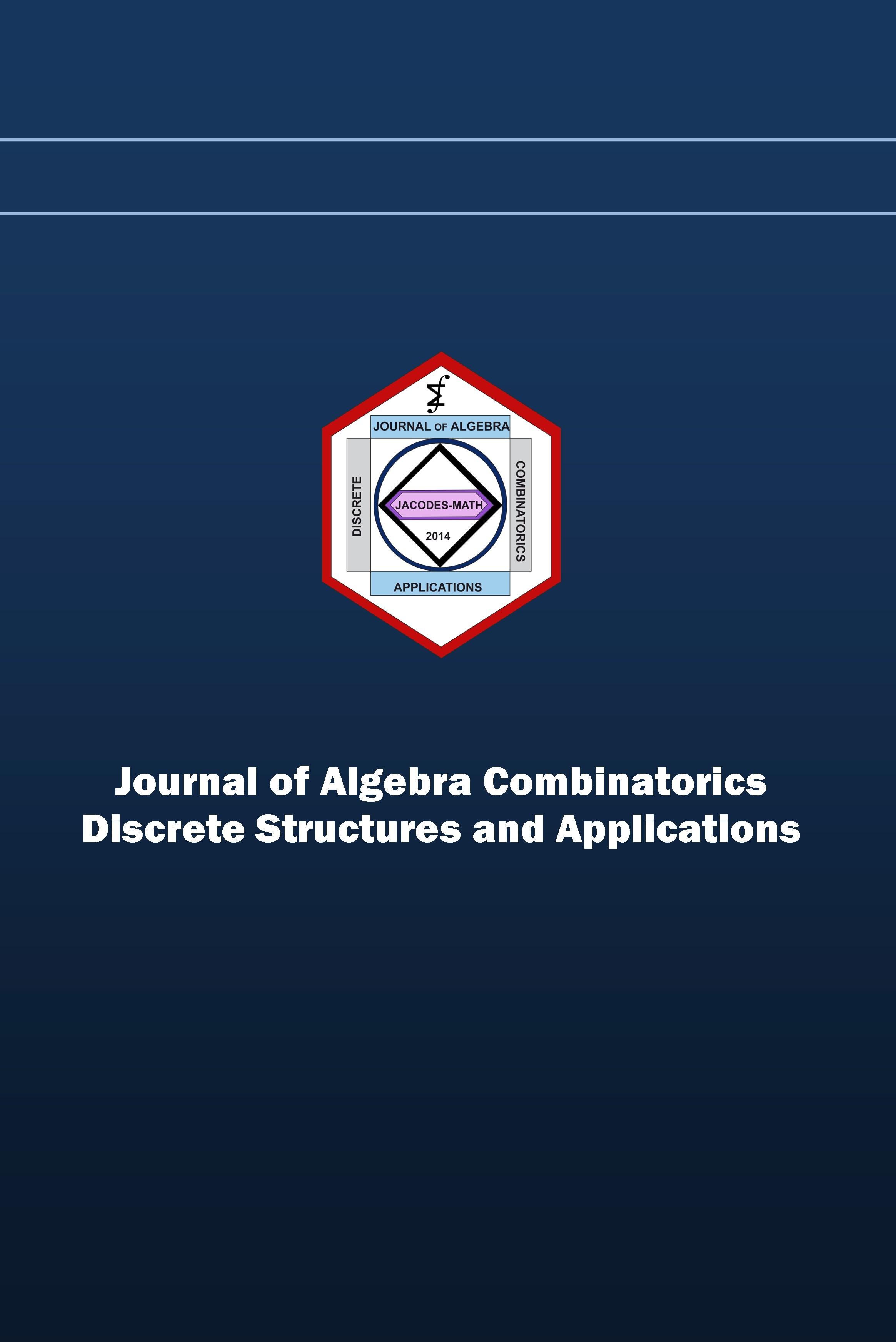Correspondence between steganographic protocols and error correcting codes
Correspondence between steganographic protocols and error correcting codes
Steganographic protocol, Hamming distance, Linear correcting code, Covering radius Parity matrix, BCH code,
___
- [1] E. Assmus, H. Mattson, Some 3–error–correcting BCH codes have covering radius 5, IEEE Trans. Inform. Theory 22(3) (1976) 348–349.
- [2] R. Crandall, Some notes on steganography, available at http://dde.binghamton.edu/download/ Crandall_matrix.pdf, 1998.
- [3] J. Fridrich, D. Soukal, Matrix embedding for large payloads, IEEE Trans. Inf. Forensics Security 1(3) (2006) 390–395.
- [4] T. Helleseth, All binary 3–error–correcting BCH codes of length $2^m-1$ have covering radius 5, IEEE Trans. Inform. Theory 24(2) (1978) 257–258.
- [5] J. van der Horst, T. Berger, Complete decoding of triple–error–correcting binary BCH Codes, IEEE Trans. Inform. Theory 22(2) (1976) 138–147.
- [6] F. J. Mac Williams, N. Sloane, The Theory of Error Correcting Codes, Amsterdam, Netherlands, North–Holland, 1966.
- [7] C. Munuera, Steganography and error–correcting codes, Signal Process. 87(6) (2007) 1528–1533.
- [8] A. Westfeld, F5—A Steganographic Algorithm, Lecture Notes in Comput. Sci. 2137 (2001) 289–302.
- Başlangıç: 2015
- Yayıncı: İrfan ŞİAP
Noha ABDELGHANY, Nefertiti MEGAHED
Properties of dual codes defined by nondegenerate forms
Codes and the Steenrod algebra
Steven T. DOUGHERTY, Tane VERGİLİ
Commuting probability for subrings and quotient rings
Stephen M. BUCKLEY, Desmond MACHALE
Correspondence between steganographic protocols and error correcting codes
M’hammed BOULAGOUAZ, Mohamed BOUYE
The extension problem for Lee and Euclidean weights
Philippe LANGEVİN, Jay A. WOOD
Essential idempotents and simplex codes
